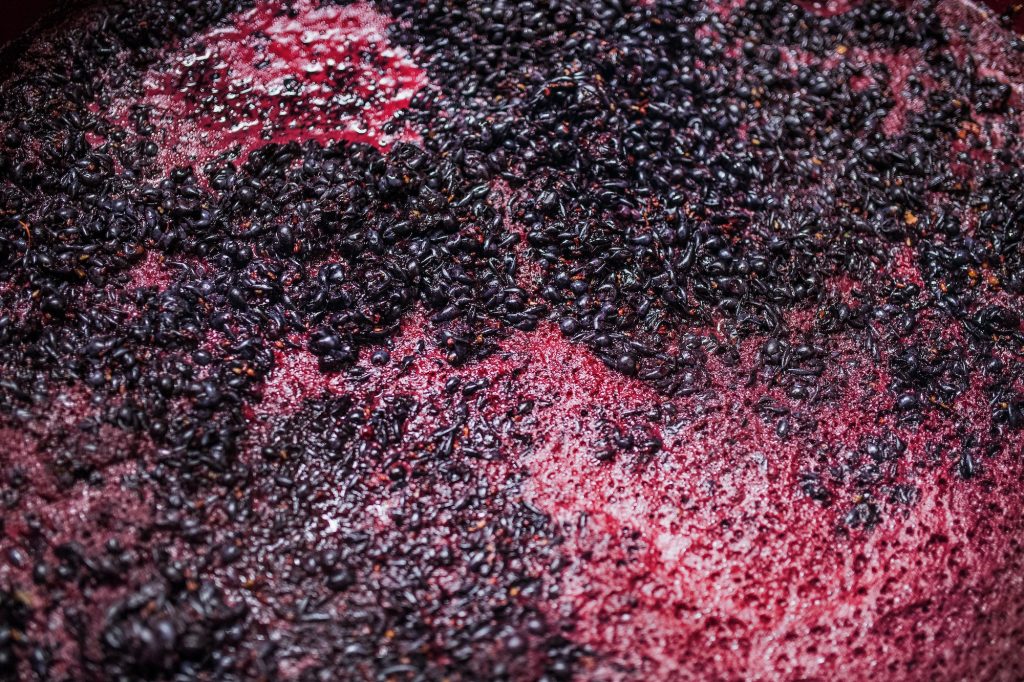
Introduction
Wine has been an integral part of human culture for thousands of years, with evidence of wine production dating back to 6000 BC. Over the centuries, wine making has evolved, incorporating new techniques and technologies to improve the quality and diversity of the final product. The wine industry has faced new challenges recently, including climate change, changing consumer preferences, and the need for more sustainable practices. This article explores the future of winemaking, focusing on innovations and trends shaping the industry.
The Evolution of Wine Making
Winemaking has come a long way since its inception, with each generation of winemakers contributing to refining production methods. Various civilizations have experimented with grape cultivation, fermentation techniques, and barrel ageing, from the ancient Egyptians and Greeks to the Romans and Europeans. Today, we see a blend of traditional and modern methods, allowing for a diverse range of wines that cater to an ever-evolving market.
Climate Change and Its Impact on Wine Production
Climate change poses a significant threat to the wine industry, with rising temperatures, unpredictable weather patterns, and more frequent extreme weather events affecting grape cultivation. These changes can lead to altered grape ripening patterns, lower yields, and shifts in the geographical range suitable for grape growing. To adapt, winemakers are exploring new grape varieties, vineyard management techniques, and technologies to maintain wine quality in an unpredictable climate.
Technological Advancements in Wine Making
Precision Viticulture
Precision viticulture involves using technology to monitor and manage vineyards more efficiently. This includes using satellite imagery, drones, and sensors to gather real-time data on soil moisture, nutrient levels, and vine health. By analyzing this data, winemakers can make more informed decisions about irrigation, fertilization, and pest management, ultimately leading to better quality grapes and more sustainable practices.
AI and Machine Learning
Artificial intelligence (AI) and machine learning are increasingly important in winemaking. From predicting optimal harvest times to analyzing consumer preferences, these technologies are helping winemakers make data-driven decisions that improve wine quality and profitability. Some wineries even use AI to create custom blends based on consumer tastes.
Automation and Robotics
Automation and robotics are revolutionizing the wine industry by streamlining processes and reducing manual labour. Robotic grape harvesters, automated pruning machines, and advanced bottling systems are examples of how technology improves efficiency and reduces costs. As the industry continues to innovate, we can expect even greater levels of automation.
Innovative Wine Making Techniques
Biodynamics and Organic Wine Production
Biodynamic and organic wine production methods are gaining traction as consumers become more conscious of their environmental impact and health. These approaches prioritize using natural and sustainable practices, eliminating synthetic chemicals and focusing on the overall health of the vineyard ecosystem. This shift towards environmentally friendly wine production is better for the planet and can result in more expressive and unique wines.
Low-Intervention Wine Making
Low-intervention winemaking, also known as minimal intervention or natural winemaking, is a growing trend that seeks to reduce human interference during production. This approach allows the grapes’ natural characteristics and terroir to shine through, resulting in a more authentic and unique wine. Techniques such as spontaneous fermentation, limited filtration, and the use of indigenous yeasts are common in low-intervention winemaking.
Alternative Fermentation Methods
As winemakers continue experimenting with new techniques, alternative fermentation methods are becoming more popular. For example, some producers use concrete or clay vessels instead of traditional oak barrels, allowing for a different flavour profile and texture in the finished wine. Also, techniques like carbonic maceration and co-fermentation are employed to create new and exciting wine styles.
The Rise of New Wine Regions
Climate change and advancements in viticulture are leading to the emergence of new wine regions worldwide. Countries like China, India, and Brazil are making a mark on the global wine scene, while lesser-known regions in traditional wine-producing countries are gaining recognition for their unique styles and grape varieties. As the wine industry continues to evolve, we can expect even more diversity in the wines available to consumers.
Sustainable Packaging and Distribution
As environmental concerns become increasingly important, the wine industry focuses on more sustainable packaging and distribution methods. Innovations like lightweight bottles, recyclable packaging, and alternative transport methods, such as shipping via rail or sea, are being adopted to reduce the industry’s carbon footprint. Additionally, some wineries are experimenting with refillable bottle schemes and local distribution networks to minimize environmental impact.
The Changing Wine Consumer
The preferences of wine consumers are evolving, with a growing emphasis on sustainability, health, and unique experiences. This has led to an increased interest in organic and biodynamic wines and low-alcohol and alcohol-free options. Furthermore, wine tourism and immersive experiences, such as wine tastings and vineyard tours, are becoming more popular as consumers seek to learn more about the wines they enjoy.
The Future of Wine Marketing and Sales
As the wine market becomes more competitive, wineries use innovative marketing and sales strategies to reach new consumers and stand out. Online sales, wine clubs, and direct-to-consumer models are gaining popularity, while social media, influencer marketing, and experiential events are being utilized to build brand awareness and loyalty. The future of wine marketing and sales will likely continue to evolve, focusing on personalization, storytelling, and digital platforms.
Conclusion
The future of wine making is shaping into an exciting and dynamic landscape, with innovations and trends addressing the challenges of climate change, shifting consumer preferences, and sustainability concerns. As winemakers continue experimenting with new techniques and technologies, we can look forward to a diverse and evolving world of wine that caters to the demands of an increasingly discerning and environmentally conscious consumer. From precision viticulture and AI-driven decision making to the rise of new wine regions and sustainable practices, the wine industry is embracing change and setting the stage for a vibrant and innovative future.
FAQs
1. What role does technology play in the future of wine making?
Technology plays a significant role in shaping the future of winemaking, with advancements in precision viticulture, AI, machine learning, and automation improving efficiency, sustainability, and wine quality. Winemakers leverage these technologies to adapt to climate change, meet consumer demands, and create unique and innovative wines.
2. How is climate change affecting the wine industry?
Climate change impacts the wine industry through rising temperatures, unpredictable weather patterns, and frequent extreme weather events. These changes can lead to altered grape ripening patterns, lower yields, and shifts in suitable grape-growing regions. To adapt, winemakers explore new grape varieties, vineyard management techniques, and technologies.
3. What are some innovative wine making techniques emerging in the industry?
Innovative wine making techniques include biodynamic and organic production, low-intervention winemaking, and alternative fermentation methods. These techniques prioritize sustainability, natural processes, and the expression of terroir, resulting in unique and authentic wines that cater to evolving consumer preferences.
4. How is the wine industry embracing sustainability?
The wine industry is embracing sustainability through various practices, such as organic and biodynamic wine production, sustainable packaging, alternative distribution methods, and efficient use of resources. Wineries also adopt technologies like precision viticulture and automation to reduce their environmental impact and promote long-term sustainability.
5. What trends are shaping the future of wine marketing and sales?
Trends shaping the future of wine marketing and sales include a focus on personalization, storytelling, and digital platforms. Online sales, wine clubs, and direct-to-consumer models are becoming more popular, while social media, influencer marketing, and experiential events are being used to build brand awareness and loyalty. These trends cater to the changing preferences of consumers, who increasingly value unique experiences and connections with the brands they support.
